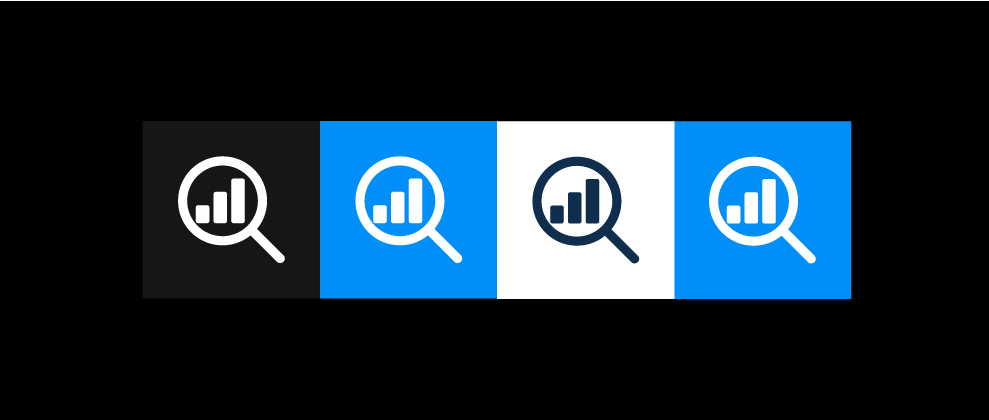
With Google Analytics being the gold standard for measuring website traffic, gleaning page insights with thorough analyses, and informing marketing decisions, we are living in a very interesting time right now. Wondering why that’s the case?
Well, if you haven’t heard, Google has released the latest version of the Google Analytics platform, Google Analytics 4 (GA4).
What’s more is that Universal Analytics, the previous generation of Google Analytics, is being shut down. Google announced in March 2022 that Universal Analytics accounts will stop tracking website traffic on July 1st, 2023. This means that now is the time to think about migrating to GA4.
At WebMarketers, we knew we needed to stay on top of this development and began the process of setting up GA4 accounts for all our clients. In this Google Analytics for Beginners guide, we’ll go over everything you need to know about Google Analytics 4 and transitioning from Universal Analytics.

What’s New in GA4?
GA4 has changed the way we capture, view, and interact with data in some amazing ways. For starters, Google Analytics 4 makes tracking website traffic across multiple domains much easier. It is even able to track activity in mobile apps much more easily.
GA4 has given us the ability to track and measure any type of website interaction easily, from video plays, to how much a user scrolls through a page before moving on, as well as all the standard metrics that are important to SEO, Social Media Marketing, and Search Engine Marketing. Conversion actions (revenue generators, eCommerce purchases, and contacts to your business) are much easier to create and implement with the help of Google Tag Manager than creating Goals in Universal Analytics.
With the elimination of data sampling which was widely used in Universal Analytics for websites that get large amounts of traffic, our reports are more accurate than ever, empowering us to make better marketing decisions. Additionally, GA4 offers more protection for analytics data against things like spambots and DDOS attacks which can flood a Universal Analytics account with fake website traffic data, ensuring that our data stays accurate.

Challenges of GA4 and Considerations
With GA4 being a new platform, making the switch from Universal Analytics does come with some challenges.
Not all reports from Universal Analytics are present in Google Analytics 4. Custom reports must be created to replace them. Other Universal Analytics reports are present, but sometimes under different names, and presented in a different format in Google Analytics 4.
For those who are new to Google Analytics, let alone GA4, it can be a daunting task to replace lost reports and learn how to find the data you’re looking for.
How We Are Approaching the Switch to GA4
As soon as we learned that Universal Analytics was going to stop tracking on July 1st, 2023, we got to work right away, creating GA4 properties for our clients who did not already have one. We are running GA4 alongside existing UA properties so that there is no disruption in our reporting data. We will continue to use existing Universal Analytics properties for as long as we are able.
This approach will give us ample time to ensure that we can create a personalized GA4 solution that tracks what is important to each client’s business, and gives our marketing team richer data to make better decisions and achieve greater success in their marketing campaigns.



